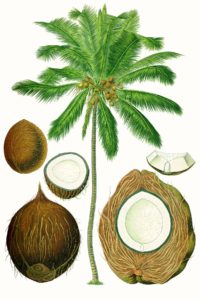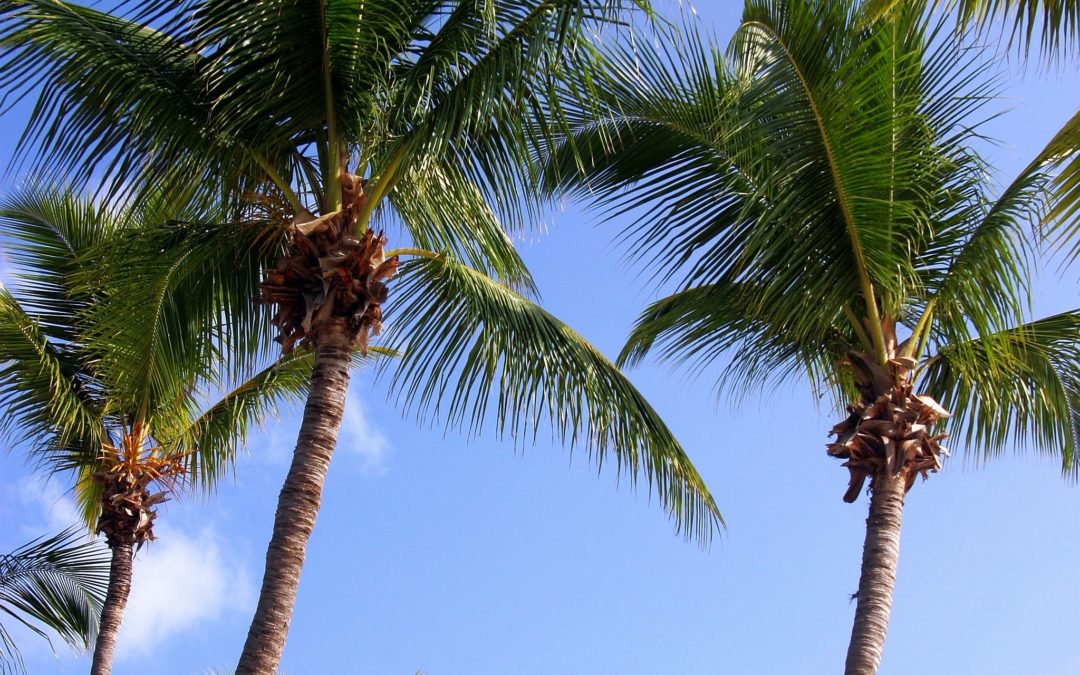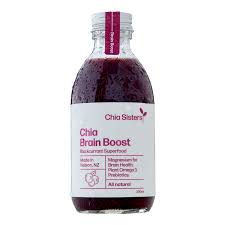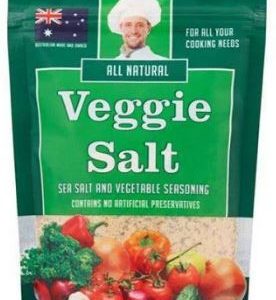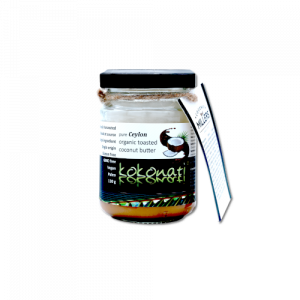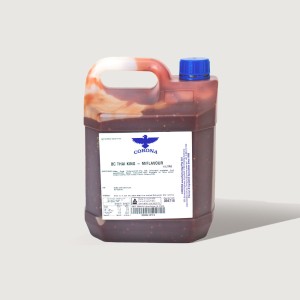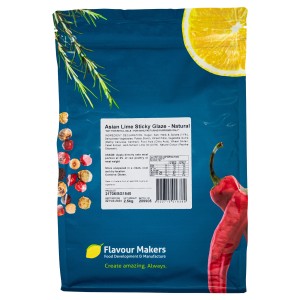Coconut – The Tree of Life
The Coconut tree (scientific name: Cocos Nucifera) is called the “Tree of Life” because all the parts of the entire tree–from top to bottom–are used to sustain human life. It must be the most useful tree in the world, bar none.
WHERE DO COCONUT PALMS GROW?
Coconut is found in many parts of the world. Indonesia, the Philippines, and India are the top three producers, followed by Sri Lanka, Brazil, Thailand, Vietnam, Mexico, Papua New Guinea, and Malaysia, in that order.
VARIETIES OF COCONUT PALM
There are two varieties of coconut palm: tall and dwarf. The tall variety is commonly planted for commercial purposes. With a life span of 60-80 years, it is considered a “three-generation tree” as it can support a farmer, his children, and his grandchildren.
The coconut tree is slow to mature, bearing coconuts in six to 10 years. A mature coconut tree has a trunk about 18 inches (46 cm) in diameter and can obtain a height of 100 feet (30 m). The top of the tree is adorned with 20 or so large downward curving leaves, called fronds, each about 10-15 feet (3-4.5 m) long.
The dwarf variety is about a third the size, has a shorter life span, and is difficult to grow, but valued because it produces coconuts earlier than the tall tree.
While the coconut is commonly thought to be a nut, it is the fruit of the tree. The coconut is classified botanically as a “drupe,” defined as a stone fruit that usually has a single hard stone encasing a seed. Peaches, plums, and cherries are other examples of drupes.
Coconuts resemble warped footballs and grow in clusters of 10-20, with 10 or 12 clusters visible on a coconut tree at one time. Each coconut consists of a smooth outer rind (epicarp), a thick fibrous husk (mesocarp), and a stony inner shell (endocarp) pitted with three small “eyes” or germination pores. The pores are often called the “monkey face.” Everything within the hard shell comprises the coconut seed.
The outer layer is called the husk, which is a hard, fibrous layer; it is the source of coir which is used to make commercial products like brushes, carpets, clothes, doormats, fertilizer, fishnets, fuel, hollow blocks, insulators, mattresses mats, ornaments, ropes, plastic boards, wallboards, yarn, etc.
The second layer under the husk is the shell that covers the meat inside; the shell can be burned to make fuel or charcoal or used to make bags, baskets, cups, frames, jewelry, lamps, ornaments, pots, purses, serving dishes, trays, etc. Activated carbon, which is made from its charcoal, is used in air purification systems.
Inside the shell, the core of the coconut, are the meat and coconut water (or coconut juice). The meat is grated and squeezed to produce coconut milk, which is used in cooking a whole gamut of dishes, from appetizers to main courses and desserts; it is also made into candies, chips, flour, and animal feeds.
The meat also produces coconut oil, which can be used not only for cooking, but also to make butter, crude oil, margarine, pomade, soap, and shampoo, among others.
The thin liquid inside is coconut water or coconut juice, and should not be confused with coconut milk (which is extracted from the meat). The water from the young coconut makes a refreshing drink when chilled, and is said to help balance the electrolytes in the body.
The water from the mature coconut is not as pleasant-tasting and is used to make vinegar, alcoholic drinks, nata de coco, etc. It is a fact that during the Pacific War of the 1940s, coconut water was used as an emergency plasma transfusion for wounded soldiers.
The FLOWER (Inflorescence)
“Inflorescence” is the arrangement of flowers on the stem or twig of a plant or tree. The coconut tree’s bouquet of the inflorescence is a beautiful thing to behold. The unopened flower buds are the source of coconut sap, which is used to make alcoholic drinks, honey/nectar, sugar, vinegar, sugar, yeast, among others. There can be about 5 to 12 seeds in the inflorescence which could mature into coconuts.
“Inflorescence” is the arrangement of flowers on the stem or twig of a plant or tree. The coconut tree’s bouquet of the inflorescence is a beautiful thing to behold. The unopened flower buds are the source of coconut sap, which is used to make alcoholic drinks, honey/nectar, sugar, vinegar, sugar, yeast, among others. There can be about 5 to 12 seeds in the inflorescence which could mature into coconuts.
The LEAVES
The leaves are woven into roofs and walls; they are used in cooking to wrap food and rice cakes, and in handicrafts to make bags, balls, fans, hats, etc. Dried leaves produce good-quality paper pulp. The sturdy ribs are used to make brooms, placemats, window shades, etc.
The leaves are woven into roofs and walls; they are used in cooking to wrap food and rice cakes, and in handicrafts to make bags, balls, fans, hats, etc. Dried leaves produce good-quality paper pulp. The sturdy ribs are used to make brooms, placemats, window shades, etc.
The HEART OF PALM (the PITH)
The heart of the palm, or pith, which is found inside the upper trunk of the tree, is edible and can be made into many delicious dishes. This is a prized part of the tree because you have to chop down the tree to get the pith.
The heart of the palm, or pith, which is found inside the upper trunk of the tree, is edible and can be made into many delicious dishes. This is a prized part of the tree because you have to chop down the tree to get the pith.
The TRUNK
The trunk of the tree is made into charcoal and lumber for building construction and making furniture, jewelry, ornaments, and shampoo. The bark is also used in making paper pulp.
The trunk of the tree is made into charcoal and lumber for building construction and making furniture, jewelry, ornaments, and shampoo. The bark is also used in making paper pulp.
The ROOTS
The roots are made into rope or twine and can be used for making beverages, dyes, medicines, etc
The roots are made into rope or twine and can be used for making beverages, dyes, medicines, etc
There you have it. The coconut palm certainly deserves it’s title as the TREE OF LIFE
